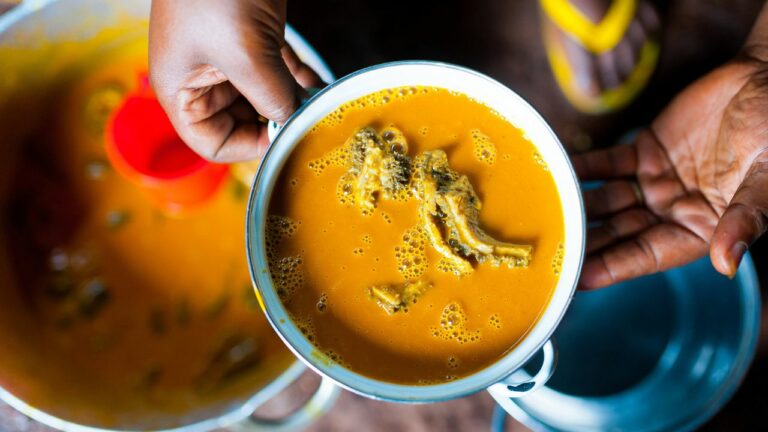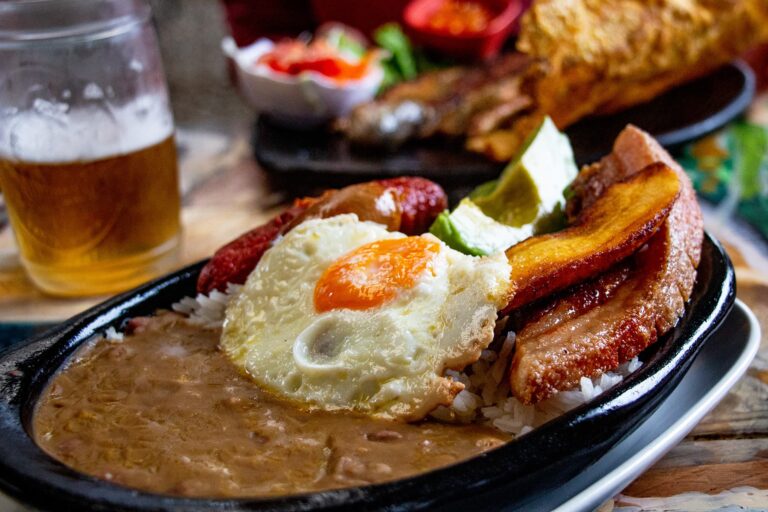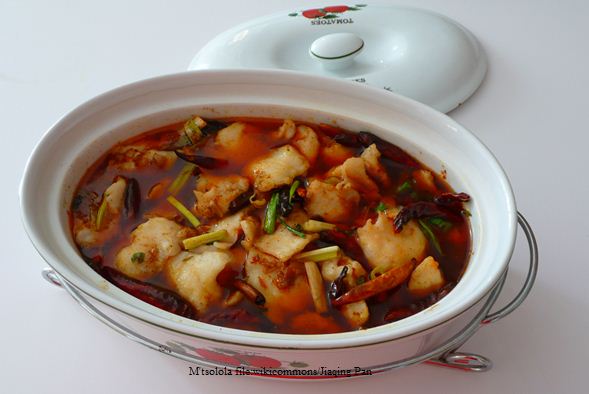Introduction: An Overview of Cambodian Cuisine
Cambodian cuisine, also known as Khmer cuisine, is one of the oldest and most diverse cuisines in Southeast Asia. The cuisine reflects the country’s history, culture, and geography. Cambodian dishes are characterized by their bold flavors, contrasting textures, and the use of fresh herbs and spices.
Cambodian cuisine is influenced by neighboring countries such as Thailand, Vietnam, and China, as well as by early traders and immigrants from India, Indonesia, and Malaysia. Many of the dishes are also influenced by the country’s Buddhist and Hindu cultures.
The Influences on Cambodian Cuisine
Cambodian cuisine is influenced by the cuisines of neighboring countries such as Thailand, Vietnam, and China. There are also strong Indian, Indonesian, and Malaysian influences on the cuisine due to early traders and immigrants. Cambodian cuisine is also influenced by the country’s Buddhist and Hindu cultures.
The French colonization of Cambodia also had a significant impact on the cuisine. The French introduced new ingredients such as bread, pastries, and dairy products, which are now commonly used in Cambodian dishes. The French also introduced cooking techniques such as baking, frying, and grilling.
Essential Ingredients in Cambodian Dishes
The essential ingredients in Cambodian dishes are rice, fish, and fresh herbs and spices. Rice is the staple food in Cambodia, and it is served with almost every meal. Fish is also a popular ingredient, and it is often used in soups and stews.
Fresh herbs and spices are also essential in Cambodian cuisine. Lemongrass, galangal, kaffir lime leaves, and turmeric are commonly used in Cambodian dishes to add flavor and aroma. Other common ingredients include garlic, shallots, and chilies.
Common Dishes in Cambodian Cuisine
Some of the most common dishes in Cambodian cuisine include Amok, a steamed fish curry, and Lok Lak, which is a beef stir-fry served with a sweet and sour sauce. Other popular dishes include Kuy Teav, a rice noodle soup with pork or beef, and Bai Sach Chrouk, a breakfast dish of grilled pork served with rice and pickled vegetables.
Cambodian cuisine also features a variety of soups, stews, and curries. Many of the dishes are served with rice or noodles and are often accompanied by fresh vegetables and herbs.
Regional Variations in Cambodian Dishes
There are several regional variations in Cambodian dishes. The cuisine in the coastal regions features more seafood dishes, while the cuisine in the central region uses more beef and pork. The cuisine in the mountainous regions features more game meats such as deer and wild boar.
In addition to regional variations, there are also differences in the way dishes are prepared and served. For example, Amok is traditionally served in a banana leaf, while Lok Lak is served on a bed of lettuce and topped with a fried egg.
Is There a National Dish in Cambodia?
While there is no official national dish in Cambodia, Amok is often considered the country’s signature dish. Amok is a steamed fish curry that is flavored with coconut milk and fresh herbs and spices. The dish is traditionally served in a banana leaf and is a popular dish for special occasions and celebrations.
Signature Cambodian Dishes: A Closer Look
In addition to Amok, there are several other signature dishes in Cambodian cuisine. Khmer Red Curry, also known as Khmer Kroeung, is a spicy curry that is made with lemongrass, kaffir lime leaves, and turmeric. Another signature dish is Num Banh Chok, which is a dish of rice noodles served with a fish-based curry sauce and fresh vegetables.
Conclusion: The Uniqueness of Cambodian Cuisine
Cambodian cuisine is a unique blend of flavors and influences from neighboring countries and cultures. The cuisine is characterized by its bold flavors, contrasting textures, and the use of fresh herbs and spices. While there is no official national dish, Amok is often considered the country’s signature dish, along with other dishes such as Khmer Red Curry and Num Banh Chok. Cambodian cuisine is a culinary experience that is not to be missed.










